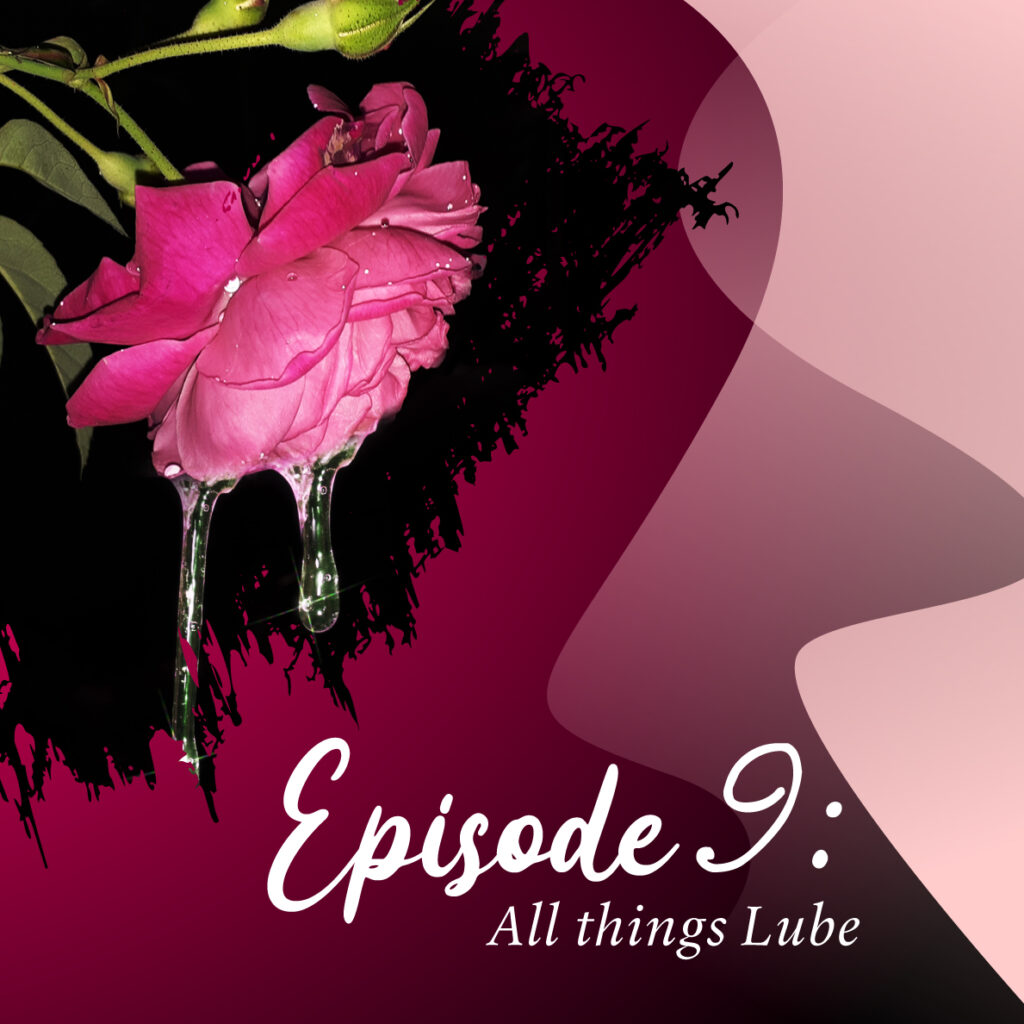What Do Orgasms Feel Like? A Deep Dive Into Sensations, Factors, and Real Experiences
The question of “what does an orgasm feel like” is a common question amongst vulva owners. Due to the ability of the anatomy to produce so many different types of orgasms, some may be confused as to whether or not one is having an orgasm.
For example, commonly orgasms cause contractions. However, sometimes, there are no contractions and there is simply a release of sexual tension. In addition, there are 6major erogenous zones and four different nerves that generally supply the genitals. Therefore depending upon the combination of zones and nerves that are stimulated, orgasms not only very from person to person, but also from sexual experience to experience. For more check out how to have an orgasm

Table of Contents
The Science Behind Orgasms
Okay, so here’s what happens in your body during an orgasm. When you get turned on, blood starts flowing to your private parts, making them swell up. For people with a penis, that means an erection. For those with a vulva, the clitoris and labia get bigger. At the same time, your heart rate, blood pressure, and breathing all speed up. When you hit your peak, your body releases all that sexual tension with muscle contractions down there that you can’t control.
There are also some key chemicals involved in orgasms. Oxytocin, sometimes called the “love hormone,” and dopamine, which is all about pleasure, flood your brain. These chemicals make you feel amazing and relaxed. Endorphins, your body’s natural painkillers, also surge, boosting that overall sense of well-being.
How Orgasms Affect Your Mind
Orgasms don’t just feel good physically—they also have a huge impact on your emotions. They can bring out strong feelings like joy, love, or even happy tears. That rush of oxytocin and dopamine doesn’t just make your body feel great; it also affects emotional bonding and mental health. A lot of people feel super clear-headed and calm after an orgasm.
Oxytocin makes you feel closer and more trusting with your partner, creating stronger emotional connections. Dopamine, on the other hand, makes you want to experience that pleasure again, which can boost motivation and positive reinforcement in relationships. Sometimes, having an orgasm can even lower stress, help you sleep better, and contribute to overall happiness and well-being.
Erogenous Zones to Explore for Different Types of Orgasms
Clitoral Orgasms
Clitoral orgasms are the most common type since the clitoris is really sensitive. Most women have their first orgasm through clitoral stimulation. Direct or indirect touch during solo play or oral sex can lead to intense pleasure. This stimulation causes a quick buildup of sensation followed by rhythmic contractions and an explosive release.
The G-Spot
The G-spot is a sensitive area on the front wall of the vagina. When stimulated, it can produce powerful orgasms and even female ejaculation for some women. You can find it by using a “come hither” motion with your finger or a special toy. Hitting the G-spot just right often leads to intense pleasure and arousal.
The A-Spot
The A-spot is another hot spot deeper in the vagina on the front wall. Even though it’s harder to reach, it can quickly cause wetness and intense orgasms when stimulated. Deep penetration during sex or a longer toy works well for this hidden pleasure zone. Many people say the A-spot gives them a unique kind of pleasure and enhances their overall satisfaction.
The O-Spot
The O-spot is located between the back vaginal wall and the rectum. This sensitive area can deliver deep, full-body orgasms when stimulated right. You can reach it with deep penetration from behind or a curved toy designed for targeted stimulation. Triggering the O-spot can result in some seriously satisfying experiences.
The Cervix
The cervix connects the uterus to the vagina and can be an erogenous zone for some women. Deep cervical stimulation can feel incredibly good, but sensitivity varies from person to person. A gentle, slow approach at first helps ensure comfort while exploring this potentially delightful area. Many women report unique sensations and heightened pleasure from deep cervical contact.
Pelvic Floor Muscles
Pelvic floor muscles, including the pubococcygeus (PC) muscle, can play a role in sexual pleasure. These muscles contract during orgasm, and strengthening them with Kegel exercises can lead to stronger orgasms. Flexing these muscles during sex can also enhance pleasure. A stronger pelvic floor often means higher responsiveness and more intense climaxes.
Blended Orgasms
Blended orgasms are usually a mix clitoral and vaginal stimulation for a combo. For example, stimulating the G-spot and clitoris at the same time can create heightened pleasure and intense orgasms, This often involves finding the right position and coordination but can lead to longer waves pf pleasure and heightened sensory experiences.
How Orgasms Feel With Age And Your Health
Age and health definitely affect orgasm experiences. Younger people in their 20s and 30s might have faster physical responses and more intense sensations. As we get older, hormonal changes can impact sexual response. Post-menopausal women may notice differences in natural lubrication and clitoral sensitivity that alter their orgasms. Aging men might need more stimulation or time to reach orgasm due to lower testosterone.
Health conditions matter too. Chronic illnesses like diabetes or heart disease can affect nerve function and blood flow, which are key for arousal and orgasm. Medications for these conditions can further influence sexual function. Mental health factors such as stress, anxiety, and depression can reduce arousal and make it harder to orgasm. It’s important to think about all these aspects to really understand orgasm experiences across different ages and health statuses. If you’re struggling with orgasms, take our in depth libido quiz!
What Affects Orgasm Quality?
Emotional Connection
Emotional connection makes orgasms better. When you have a deep emotional bond, there’s often more trust and intimacy, leading to more satisfying experiences. Good communication boosts arousal and strengthens your connection during intimate moments. Positive emotions like love and joy enhance the physical response making orgasm sensations more intense and pleasurable.
Physical Health and Lifestyle
Physical health has a big impact on orgasm quality. Regular exercise improves blood flow, increasing sensitivity in erogenous zones. Eating a balanced diet supports sexual health by giving your body important nutrients. Getting enough sleep keeps your hormones in check, directly affecting arousal and orgasm intensity. Avoiding too much alcohol and smoking prevents sexual function from decreasing. Managing stress through mindfulness or yoga leads to better orgasms by helping you relax and focus during intimate encounters.
Final Thoughts
Understanding and exploring these erogenous zones can lead to more fulfilling sexual experiences. However, it’s important to remember that every woman is different. What works for one woman may not work for another. By paying attention to our bodies and staying healthy, we can enhance our sexual pleasure. It’s important to recognize how our emotions and mental well-being affect our sex lives. Embracing all these aspects can lead to more fulfilling and satisfying orgasms. Communication, exploration, and patience are key to discovering what feels best for you or your partner. For more go to How to Have an Orgasm.





